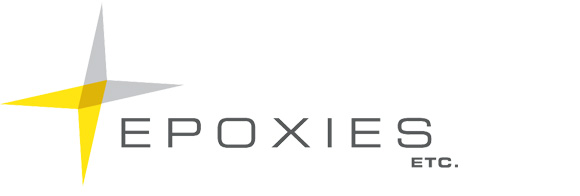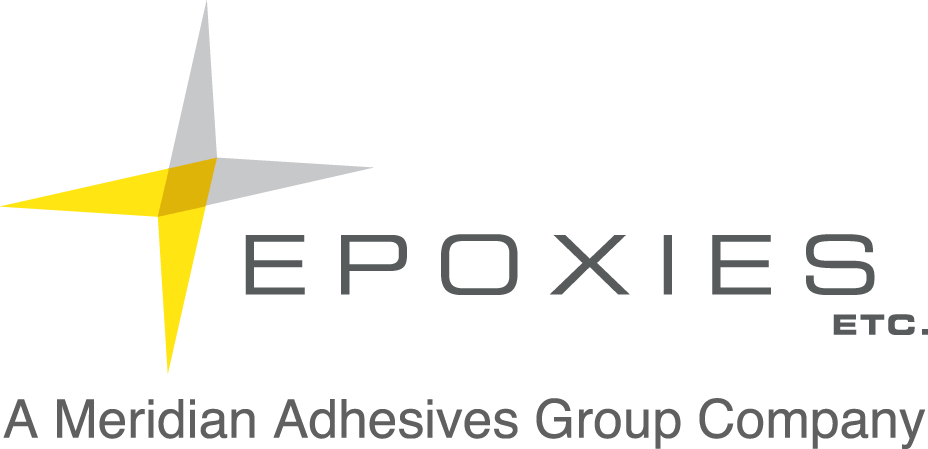Silicone Dielectric Gels Cushion and Protect Electronics
Electronic assemblies and delicate components increasingly need soft encapsulating materials to provide protection. A unique series of Clear Silicone Gels (20-1700 Series) were developed to seal and protect electronics from vibration, mechanical stress, and shock. They are also used to isolate circuits from moisture and contaminants while providing electrical insulation.
The 20-1700 Potting and Encapsulating Silicone Gels consist of four different products. Users can select the cure speed and firmness of the gel that best suits their application. Due to their excellent electrical properties, dielectric strength, and resistivity, the 20-1700 Series are used to encapsulate electronic components, junction boxes, power modules and LED’s. They are formulated without solvents or other toxic materials.
The popular TriggerBond® dual barrel cartridge system is the preferred packaging option for the 20-1700 Series due to the quick gel time of the Silicone Gels. TriggerBond 50ml, 200ml, and 400ml cartridges are available.





 The good news is that advanced UV curable adhesives and potting compounds can sidestep some line-of-sight issues by offering secondary curing mechanisms.
The good news is that advanced UV curable adhesives and potting compounds can sidestep some line-of-sight issues by offering secondary curing mechanisms.
